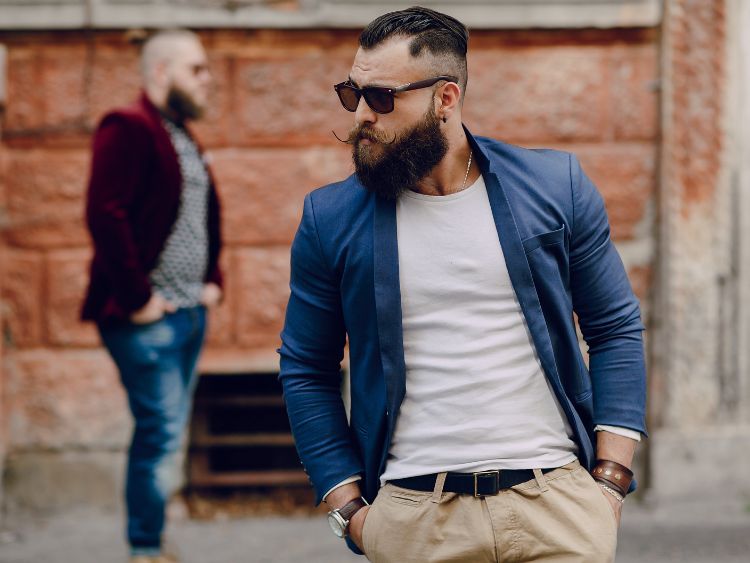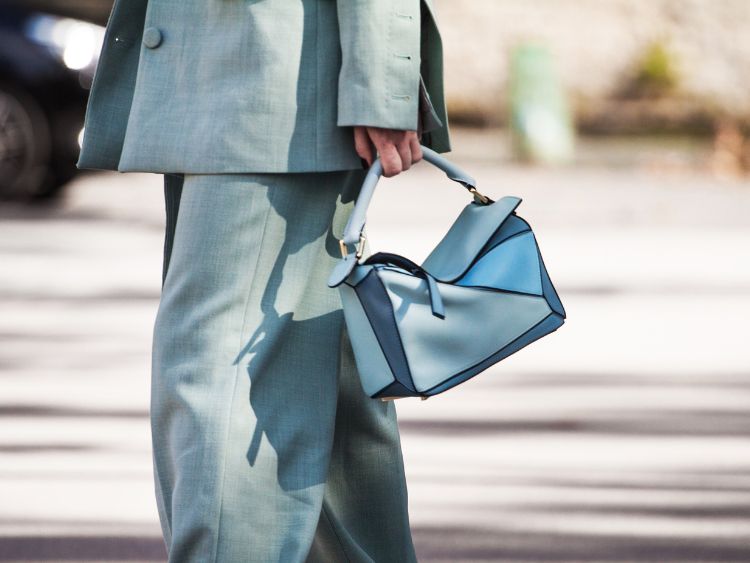Fashion designers play a pivotal role in shaping the world of fashion, influencing everything from daily streetwear to high-end runway pieces. They don’t just sketch clothing; they envision trends, craft identities, and express cultural stories through their designs. In this article, we’ll dive deep into what it means to be a fashion designer, their responsibilities, the skills required, and how they leave their mark on the ever-evolving world of style.
What Does a Fashion Designer Do?
At the core, fashion designers create clothing, footwear, and accessories. But it’s not as simple as it sounds! These creative professionals draw inspiration from everything around them—nature, art, music, or even historical events. They translate these inspirations into wearable art, ensuring their creations resonate with consumers, influencers, and fashion critics alike.
Key Responsibilities of a Fashion Designer
- Concept Development: Fashion designers brainstorm and develop new ideas for clothing lines. They decide the fabrics, colors, patterns, and styles to create collections that reflect their vision.
- Sketching and Illustrating: Before a design can come to life, it needs to be sketched out. This step helps the designer visualize their ideas and present them to their team.
- Fabric Selection: Choosing the right materials is crucial. The texture, weight, and pattern of the fabric can make or break a design. Fashion designers often work closely with textile experts to find the perfect match for their creations.
- Collaborating with Teams: Fashion is a team effort. Designers often collaborate with patternmakers, seamstresses, and production teams to ensure that their vision is accurately translated into the final product.
- Staying Updated with Trends: In the fast-paced world of fashion, trends change rapidly. Fashion designers must stay ahead by attending fashion shows, reading trend reports, and keeping an eye on cultural shifts.
- Overseeing Production: From the initial sketch to the final product, a fashion designer monitors every step of the production process to maintain quality and ensure deadlines are met.
The Skills You Need to Become a Fashion Designer
Becoming a successful fashion designer doesn’t happen overnight. It requires a mix of creativity, technical knowledge, and business acumen. Here are some key skills that every aspiring fashion designer should develop:
- Creativity and Artistic Ability: First and foremost, you’ve got to have a creative mind. Designers must be able to think outside the box and come up with fresh, original ideas.
- Attention to Detail: Fashion is all about the little things. Whether it’s the stitching on a dress or the way a fabric flows, designers must pay attention to every detail.
- Technical Skills: In addition to sketching, fashion designers must have a solid understanding of fabrics, textiles, and garment construction. Many designers are also proficient in computer-aided design (CAD) software, which allows them to create digital versions of their designs.
- Business Savvy: Fashion designers don’t just create; they sell. Understanding the business side of fashion is crucial to success. This includes knowledge of marketing, retail, and customer preferences.
- Adaptability: Trends shift quickly, and what’s in style today might be outdated tomorrow. A great fashion designer can adapt to changing trends and evolve their style without losing their unique voice.
- Communication Skills: Designers often work with large teams, from seamstresses to marketing professionals. Strong communication is essential to ensuring that everyone is on the same page and working towards the same vision.
The Road to Becoming a Fashion Designer
Many dream of becoming a fashion designer, but what does it take to make it in this competitive industry? Let’s break it down:
- Education: While formal education isn’t always necessary, many fashion designers start with a degree in fashion design or a related field. These programs provide students with technical skills, industry knowledge, and access to valuable internships.
- Building a Portfolio: A designer’s portfolio is their calling card. It’s a collection of their best work, showcasing their creativity, skills, and unique style. Aspiring designers should invest time in developing a diverse portfolio that highlights their strengths.
- Gaining Experience: Fashion is an industry where experience speaks volumes. Whether through internships, apprenticeships, or entry-level jobs, hands-on experience is invaluable. Many designers start by working for established brands before branching out on their own.
- Networking: Like many industries, fashion is built on relationships. Attending fashion shows, networking events, and industry mixers can open doors to new opportunities.
How Fashion Designers Shape Trends
Have you ever wondered how certain styles become trends? It’s often the work of fashion designers! They’re the trendsetters who decide what will be “in” next season, whether it’s bold neon colors, vintage revivals, or minimalist looks.
Trend Forecasting
Fashion designers don’t just create; they anticipate. Trend forecasting is a critical part of the job, involving the study of cultural movements, market data, and global events. By staying attuned to what’s happening in the world, designers can predict what styles will resonate with people in the future.
Setting the Stage: Runway Shows
The runway is where fashion designers showcase their latest collections. These shows aren’t just about displaying clothes; they’re about storytelling. Designers use music, staging, and choreography to set the mood and present their vision in the most dramatic way possible. Influencers, buyers, and fashion critics closely watch these shows, often determining what will be the next big thing.
Types of Fashion Designers
Fashion design is a broad field with several niches. Let’s take a look at some of the different types of fashion designers:
- Apparel Designers: These designers create everyday clothing, from casual wear to formal outfits. They may work for fashion houses, clothing brands, or run their own labels.
- Footwear Designers: Specializing in shoes, footwear designers focus on both aesthetics and functionality. They design everything from sneakers to high heels.
- Accessory Designers: Accessories such as handbags, belts, scarves, and jewelry are all designed by accessory specialists. Their work can elevate an outfit and add the perfect finishing touch.
- Costume Designers: Costume designers create clothing for films, television shows, and theater productions. Their designs help bring characters to life and often reflect specific historical periods or imaginative settings.
The Future of Fashion Design
Fashion is in constant flux, and with technology advancing rapidly, the future of fashion design looks exciting. Here are a few trends that are shaping the future:
Sustainable Fashion
Sustainability has become a hot topic in the fashion industry. Designers are now exploring eco-friendly materials, ethical production methods, and zero-waste patterns to reduce their environmental impact. This trend is only set to grow as consumers become more environmentally conscious.
Digital Fashion
The rise of technology has led to the birth of digital fashion, where designers create clothing that exists only in the digital space. From virtual fashion shows to outfits worn by avatars in video games, digital fashion is an emerging trend that could reshape the industry.
3D Printing
3D printing is revolutionizing how fashion is produced. This technology allows designers to create intricate, custom designs without the need for traditional manufacturing processes. It’s a faster, more efficient way to bring innovative ideas to life.
FAQs About Fashion Designers
What qualifications do I need to become a fashion designer?
While formal education isn’t always required, many designers have degrees in fashion design or related fields. Experience and a strong portfolio are equally important.
Do fashion designers need to know how to sew?
It’s helpful, but not mandatory. While many designers have sewing skills, others focus more on the creative side and leave the technical work to patternmakers and seamstresses.
How long does it take to become a successful fashion designer?
Success varies from person to person. Some designers find success quickly, while others may take years of hard work and dedication.
Can I become a fashion designer without going to school?
Yes, it’s possible to break into the industry without formal education, but it often requires extra effort in networking, self-teaching, and building a standout portfolio.
Conclusion
Fashion designers are the architects of style, blending creativity, technical expertise, and cultural awareness to shape the way we dress. Their work goes beyond clothing; it’s about telling stories, expressing individuality, and even setting trends that impact society. Whether you’re aspiring to become a designer or simply love fashion, the world of fashion design offers endless inspiration and innovation.



